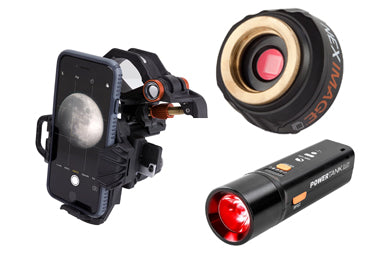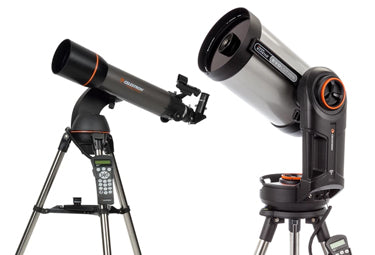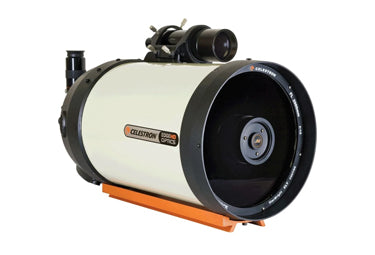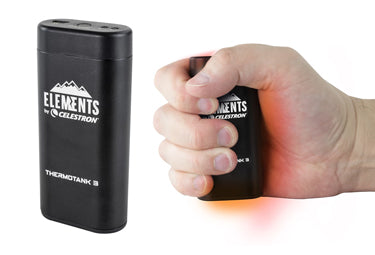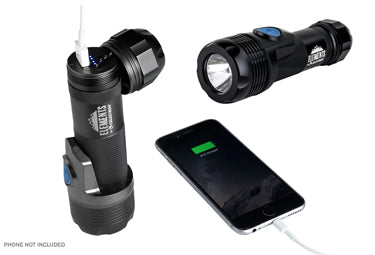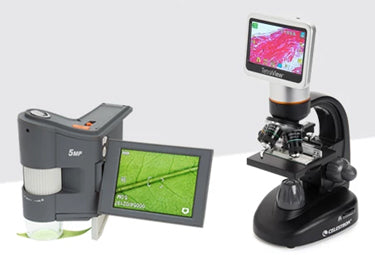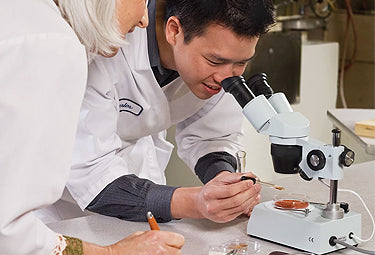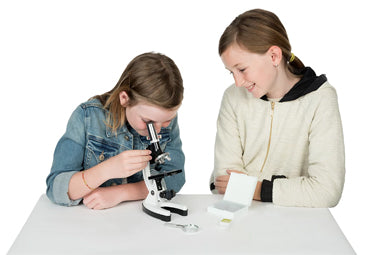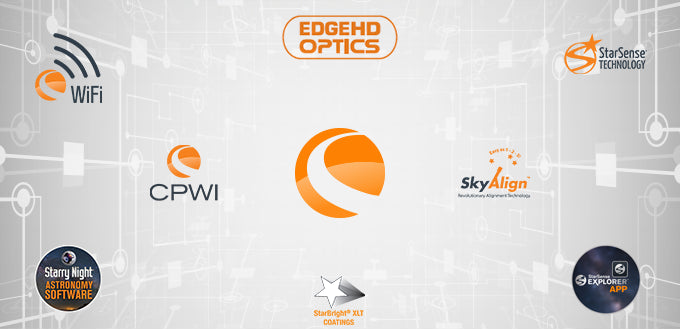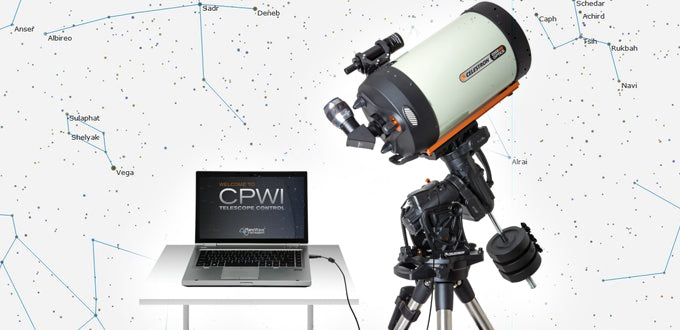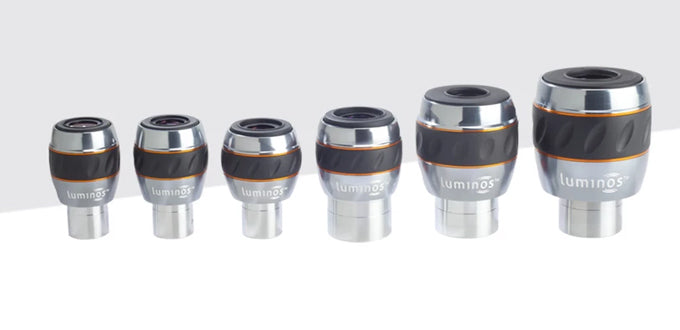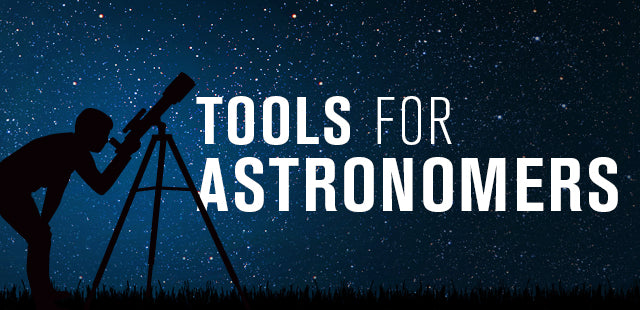What are the major types of optical microscopes?
November 23, 2008
 The most common types of microscopes are classified according to the type of view they provide. A high-power or compound microscope can provide a highly magnified view of a cell, or a microscopic plant or animal. With its straight barrel leading from specimen to eyepiece, this is the kind of instrument most people visualize when thinking of the word microscope. A low-power or dissecting microscope is used for broader views of a whole insect, circuit, fossil, or other item large enough to be held but still too small to see the details of without magnification. Low-power microscopes are most often built as two separate optical tubes providing a 3D image; in this form they are called stereo microscopes.
The most common types of microscopes are classified according to the type of view they provide. A high-power or compound microscope can provide a highly magnified view of a cell, or a microscopic plant or animal. With its straight barrel leading from specimen to eyepiece, this is the kind of instrument most people visualize when thinking of the word microscope. A low-power or dissecting microscope is used for broader views of a whole insect, circuit, fossil, or other item large enough to be held but still too small to see the details of without magnification. Low-power microscopes are most often built as two separate optical tubes providing a 3D image; in this form they are called stereo microscopes.
Compound Microscope
A compound microscope also often called a biological microscope) gets its name from its use of several lenses in series to provide its high magnifications. Usually there are two lenses used to produce an image: the objective and the eyepiece. Each lens has a magnification rating and the overall power of the microscope is calculated by multiplying the objective’s power by the eyepiece’s power. Compound scopes often have turrets mounting multiple (2-5) objectives just above where the object to be viewed is positioned, so magnifications can be quickly switched by rotating the turret to a lower- or higher-powered objective. The lowest-power objectives have shorter barrels. The magnifications can range from 40x to over 2000x. The final image the eye sees is two dimensional (2D) and usually reversed and upside down.
Because they are widely used in biology or medicine, and almost exclusively for viewing prepared specimens mounted on slides, compound microscopes are often called biological microscopes. Common features are an adjustable stage (viewing platform), illuminator (a light source usually transmitting or shining light up through the specimen), and coarse and fine focusing knobs.
Stereo Microscope
Stereo microscopes are optimized for lower-power, 3D views where the specimen or object can be observed and manipulated at the same time. The principal idea is to see much of a specimen like a flower, coin, or stamp at once. The distinctive paired optics provide an upright and normal image and a magnification range from 7.5x to 80x. Common features include coarse and fine focus knobs, open viewing stages, diopter (individually adjustable) eyepiece controls, and illuminators for reflected light. Some also include transmitted light illumination; however as the specimens viewed are commonly opaque, this is not a commonly included or used feature.
Note: Binocular microscopes are different than stereo microscopes. Stereo microscopes have two complete optical systems or barrels, each consisting of objective, prism, and eyepiece. Since the objectives are looking at the specimen from two different angles, true 3D views are produced. Binocular microscopes have just one barrel and a prism assembly mounted on top that splits the light, directing it to two eyepieces, so there is no true 3D vision; just the comfort of using two eyes at once.
Hybrid Compound Digital Microscopes
With the rapid spread of digital technologies, the traditional method of micrography using film camera expanded into the use of digital cameras. While this sometimes took the form of using the style of eyepiece tube adapters to connect digital cameras to the microscope in a manner similar to how film cameras had long been connected, another method was developed whereby the camera was directly integrated into a traditional compound microscope to produce what is known as a hybrid compound digital microscope. In this type of microscope, the eyepiece tube and eyepiece is replaced by an integrated digital camera so that the user views the image presented by the microscope’s objective lenses on a digital viewing screen. Such a design provides the option for not only one person but groups of people to all simultaneously view the specimen under the objective. It also makes digital and video micrography very easy as the digital module can include both these functions without the need for an external camera or imager to be attached.

